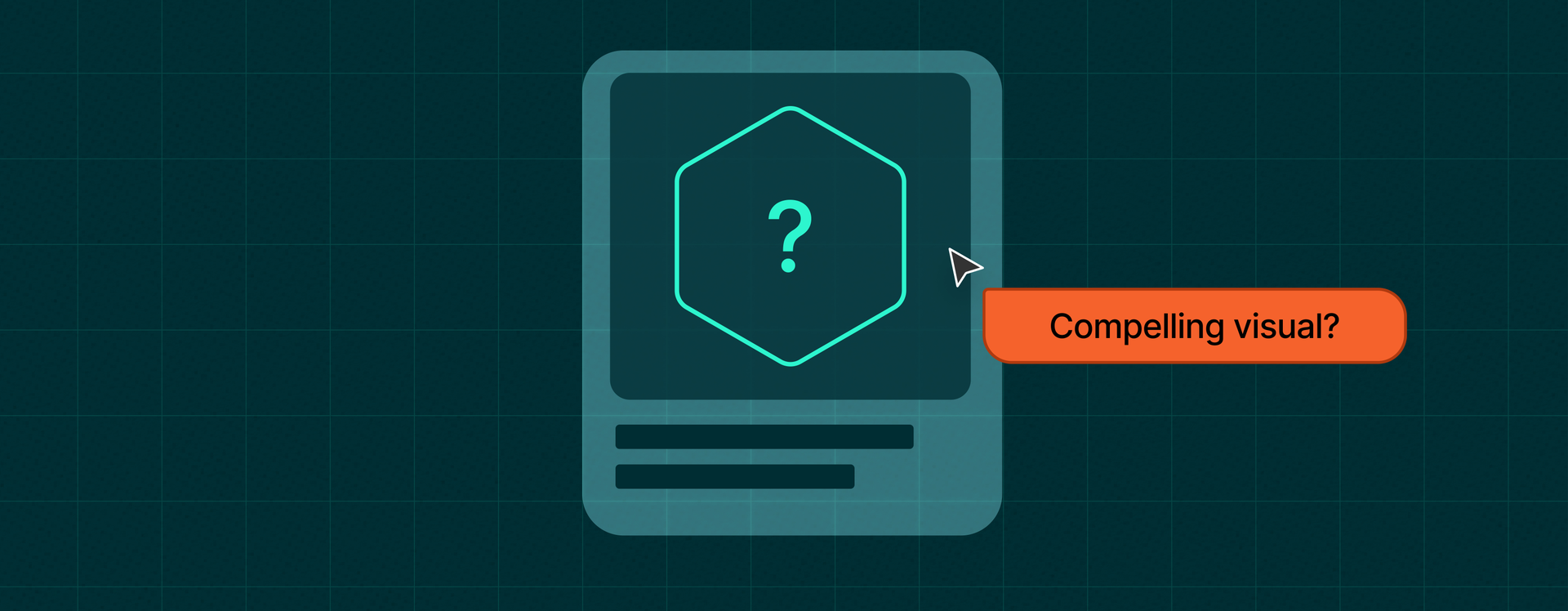“It’s not what you know, it’s who you know.”
Just a few short years ago, this old adage served as the mantra for many very successful salespeople. Relationships formed the cornerstone of the sales process, and with enough charm and personal energy, the best salespeople could ‘sell ice to an Inuit.’
Fast forward to today, when your average Inuit can quickly check real-time ice prices on their phone, search the web for ice inventory data in their local area, and order their favorite brand of ice to be delivered right to their door in a matter of hours. In this modern environment, vim and vigor will only take a salesperson so far against the incoming tide of readily available competitive data.
According to research on the changing nature of the sales process by Matt Dixon and Brent Adamson of The Corporate Executive Board (The Challenger Sale, Dixon & Adamson, 2011), customers used to raise their hands as potential buyers about 30% of the way through the sales process. At that point in time, a company had the opportunity to shape the purchasing criteria through their relationship marketing and sales efforts.
However, in the current environment, where customers have access to a wealth of information from a variety of sources, they don’t need to reach out to you in order to help them make a decision. In fact, by the time that you even know someone is interested in your products or services, they are likely closer to 60% of the way through the decision-making process. That means they have already done their initial research, selected the criteria that is most important to them, set their expectations, and found several vendors that at least meet their minimum required level of service. All that’s left for you to do at that point is fight it out over price or try to sell incremental features for which the customer isn’t willing to pay. Granted, the research from CEB is specific to B2B purchases, but the point is relevant to all aspects of sales and marketing for both B2B and B2C.
As a result of this shift from the old point of engagement to the new one, there is a gap in the traditional sales and marketing model where the customer is left to their own devices. The smart organizations are using this gap to their advantage, creating marketing materials that help shepherd the buyer through the purchasing process by delivering the right messages at the right time to influence the buying behavior. How do you determine the right message and the right time to deliver it? Insight and testing.
Insight starts with an understanding of what your customer is hoping to accomplish by using your product and service. Changing customer behavior (i.e. buy this product from me rather than from the other guy) is extremely difficult. However, if you’re able to tap into a unique perspective surrounding why customers would choose your product and present it in a way in which that have not thought about it before, you can change the customer’s mental model, the way they think about the entire purchasing process. By shifting that mental model, you can drive true and lasting behavioral changes.
To return to our ice example, you may have a tough time convincing your well-informed buyer that your ice is colder or better tasting than the other guy’s ice. After all, the other guy’s ice is cold enough for the buyer’s purposes and tastes about the same, so that argument falls flat. You’re proposing a solution to a problem that doesn’t exist for your buyer. However, through customer research, you may discover that your buyers are primarily using your ice to chill their nightly glass of whiskey. That insight may lead you to start offering your ice in balls rather than cubes, and messaging it based on the surface area-to-whiskey ratio where your ice “spheres” chill your customer’s beverage without diluting it, unlike the other guy’s crude cubes. With this sort of understanding of your customer, you can support premium pricing of your new product delivery method (ice spheres) rather than fighting competitive price pressure of a “me-too” ice cube, because you have changed how your customer perceives your product and its inherent value to them.
Insights can be difficult to come by, but there are many tools available to help with the process. Focus groups are an obvious route, but they can be expensive to operate and usually reach a limited number of individuals. However, just in the last few years, a number of great digital survey and testing tools have emerged that allow marketers to effectively and increasingly accurately collect valuable information from their customers on their needs and buying habits.
Once messaging is developed based on well-researched insights, experienced marketers are able to test and refine the messages in amazingly detailed ways, from user testing to A/B testing to UX interaction and response testing. And, best of all, most of these relatively new research and testing tools are readily available at a much lower cost than alternative traditional approaches.
So if you’re still relying on your time-tested relationship sales efforts and are seeing your conversion rates stagnate, it may be time to rescue your customers from the marketing No Man’s Land. After all, if you want to sell ice to an Inuit, it helps to know that your Inuit loves a good 18 year old scotch.



